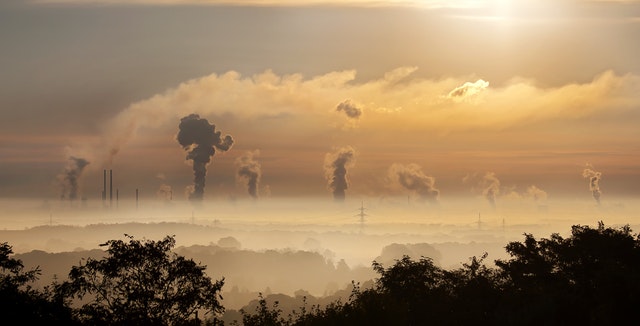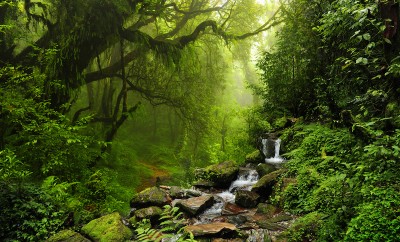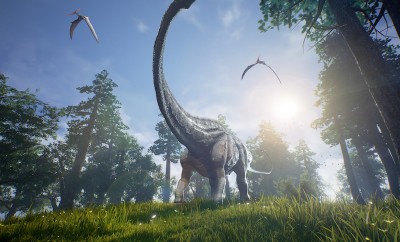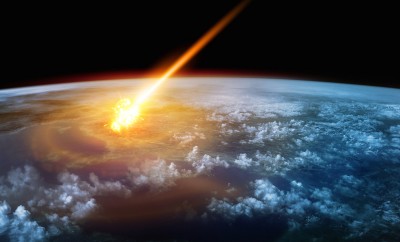Environment
Earth’s Currently Ongoing Sixth Mass Extinction Event Is Worse Than We Thought

According to a study in the Proceedings of the National Academy of Sciences, the currently ongoing sixth mass extinction of the earth is “more severe than perceived.” The analysis underscored previous data which showed the past several decades have resulted in excessive species habitat loss worldwide, as well as pollution, overexploitation, toxification, and climate disruption which lead to substantial declines in both common and rare vertebrates. Startling results included the revelation that one-third of species’ data analyzed (27,600 reptiles, mammals, birds, and amphibians) showed population size and range decreases – even for ‘low concern species,’ which are considered quite common. Additionally the 177 mammals studied in greater detail were found to have lost at least 30 percent of their geographic ranges between the years 1900 and 2015, with over 40 percent of those losing habitat range by more than 80 percent. In response to the findings, the study’s analysts referred to the situation as a “biological annihilation” which will have, “negative cascading consequences on ecosystem functioning and services vital to sustaining civilization.”
This isn’t the first alarm that’s sounded on the sixth mass extinction, however. Over a year ago, the Center for Biological Diversity explained how natural and expected occurrences of extinction on our planet take place at a rate of approximately one to five species per year. At that time, the Center shared that we were already losing species at a rate far greater than normal, indicating we have entered a new occurrence of mass extinction – the sixth the earth has seen, at levels comparable to the loss of the dinosaurs 65 million years ago. And while previous mass extinctions were probably caused by events such as asteroids hitting the planet, this instance has been determined to be the result of primarily human activity. The Journal of Science Advances indicated the earth is enduring between 20 and 100 times the rate of species loss than previously, and scientists expect the possible extinction of a whopping 50 percent of all earth’s species by the middle of the current century.
But it isn’t only wildlife that will suffer. Scientists warn that, “The resulting biological annihilation obviously will have serious ecological, economic and social consequences. Humanity will eventually pay a very high price for the decimation of the only assemblage of life that we know of in the universe. All signs point to ever more powerful assaults on biodiversity in the next two decades, painting a dismal picture of the future of life, including human life.”
Study scientist Paul Ehrlich advises that the study serves as a serious warning to human survival, stating, “The serious warning in our paper needs to be heeded because civilization depends utterly on the plants, animals and microorganisms of Earth that supply it with essential ecosystem services ranging from crop pollination and protection to supplying food from the sea and maintaining a livable climate.”In conclusion, Ehrlich cautions,”The time to act is very short,” Ehrlich added. “It will, sadly, take a long time to humanely begin the population shrinkage required if civilization is to long survive, but much could be done on the consumption front and with ‘band aids’—wildlife reserves, diversity protection laws—in the meantime.”





0 comments